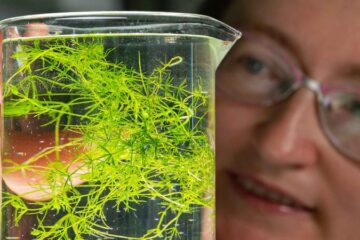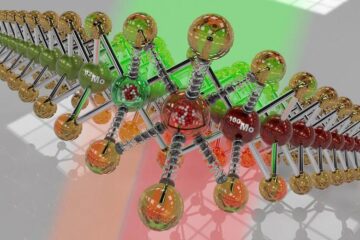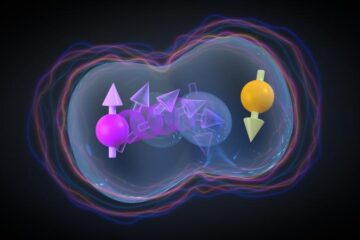Latest News

Radical Approach To Genetic Engineering Of Entire Species
New research shows that a more effective method of genetic engineering could be used to eradicate or manipulate entire, wild populations of harmful species rather than simply small, managed populations, as is currently the case. The research,* to be published in Proceedings B, a learned journal produced by the Royal Society, shows in computer simulations how a single, ’selfish’ gene could be used to infect the host and eliminate ’problem’ genes, for example a gene allowing mosquit

Measuring the vibration in car panels to reduce metal fatigue
With each new vehicle, the car industry faces a fresh battle to cut out the unwanted vibrations that cause irritating rattles and the metal fatigue that can cause parts to break, with potentially lethal consequences.
The complexity of the problems persuaded the German automobile giant BMW to team up with smaller partners to find a new way of designing new vehicles. It got together with Belgian companies LMS International, a world market leader in noise and vibration engineering, optics spec

Alcohol dependence linked to chemical deficit
Anxiety has long been linked to substance abuse. It is the key psychological factor driving the impulse to drink alcohol and one of the first symptoms of alcohol withdrawal.
Now, researchers at the University of Illinois at Chicago have discovered they can control the urge to drink in experimental animals by manipulating the molecular events in the brain that underlie anxiety.
The study is published in the current issue of Alcoholism: Clinical and Experimental Research, the nation

Mayo Clinic researchers teach RNA to act as decoy inside living cell to prevent disease activation
Discovery points to one possible path to novel drug development for cancer, AIDS, some inflammation
Using a new approach, Mayo Clinic researchers have successfully “taught” an RNA molecule inside a living cell to work as a decoy to divert the actions of the protein NF-kappaB, which scientists believe promotes disease development. The findings are published in the current issue of Proceedings of the National Academy of Sciences.
Although it also plays helpful roles in the bod

15-foot hypodermic needles provide evidence for vast oceanic crustal biosphere
Teeming with heat-loving microbes, samples of fluid drawn from the crustal rocks that make up most of the Earth’s seafloor are providing the best evidence yet to support the controversial assertion that life is widespread within oceanic crust, according to H. Paul Johnson, a University of Washington oceanographer. Johnson is lead author of a report being published March 25 in the American Geophysical Union’s publication Eos about a National Science Foundation-funded expedition he led last s

Women smile more than men, except when they are in similar roles
Women smile more than men, but differences disappear when they are in the same role, Yale researcher finds
Women do smile more than men, but when occupying similar work and social roles, the gender differences in the rate of smiling disappear, a Yale researcher has found.
Also, there are large differences in the degree to which men smile less than women depending on a person’s culture, ethnicity, age, or when people think they are being observed, according to the study fund











